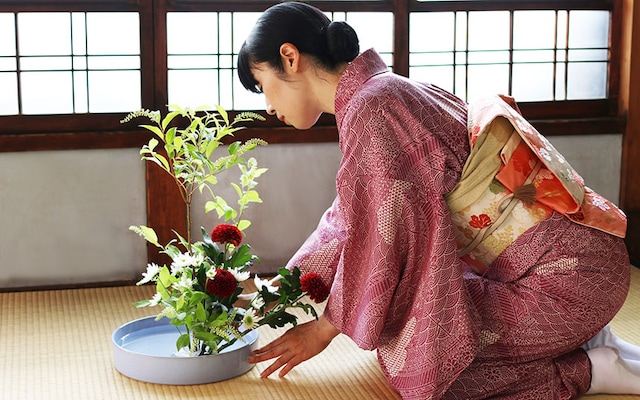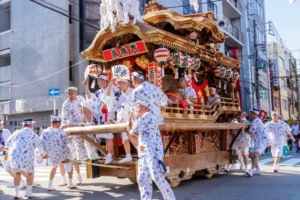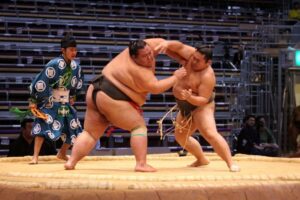
Ikebana is one of Japan’s most respected traditional arts. Unlike ordinary flower arranging, Ikebana focuses on harmony, simplicity, and the balance between nature and humanity. This centuries-old art continues to inspire people around the world with its graceful aesthetics and deep philosophy.
What Is Ikebana?
Ikebana is the Japanese art of flower arrangement. The word comes from “ikeru” which means to give life, and “hana” which means flower. Rather than placing many colorful flowers into a vase, Ikebana emphasizes minimalism and the natural beauty of each stem, leaf, and branch.
In Ikebana, every element has purpose. The angle of the branches, the empty spaces, and the use of asymmetry all reflect the beauty found in nature. The goal is to create balance between humans, nature, and the space around the arrangement.
A Brief History of Ikebana
Ikebana is believed to have begun in the 6th century when Buddhist monks offered flowers at temple altars. Over time, the practice evolved into a refined art form taught to samurai, nobles, and eventually the general public.
Several schools of Ikebana exist, each with a unique style and philosophy. Some of the most well known are:
- Ikenobo, the oldest and most traditional school
- Ohara, known for naturalistic landscape style
- Sogetsu, a modern school that encourages creativity and freedom
This diversity allows Ikebana to remain timeless while continuing to grow in modern culture.
The Principles Behind Ikebana
Ikebana is guided by a few essential principles that shape the final arrangement:
1. Balance and Composition
Ikebana often uses three main elements to represent heaven, earth, and humanity. Their placement creates visual harmony.
2. Minimalism
Less is more in Ikebana. Empty space plays an important role in highlighting the beauty of the flowers.
3. Natural Form
Stems and branches are arranged to reflect their natural growth instead of being forced into unnatural shapes.
4. Seasonality
Seasonal flowers and plants are chosen to express the spirit of each season.
Why Ikebana Remains Popular Today
Many people practice Ikebana to find calmness and mindfulness. The slow and thoughtful process encourages deep focus, making it a form of meditation. It is also widely used in interior design because even simple arrangements can elevate the atmosphere of a room.
Ikebana classes and workshops are now available worldwide, making this ancient Japanese art more accessible than ever.
Ikebana is more than flower arranging. It is an artistic expression of life, balance, and the connection between humans and nature. Whether you are interested in Japanese culture or looking for a peaceful creative hobby, Ikebana offers a unique and meaningful experience.





